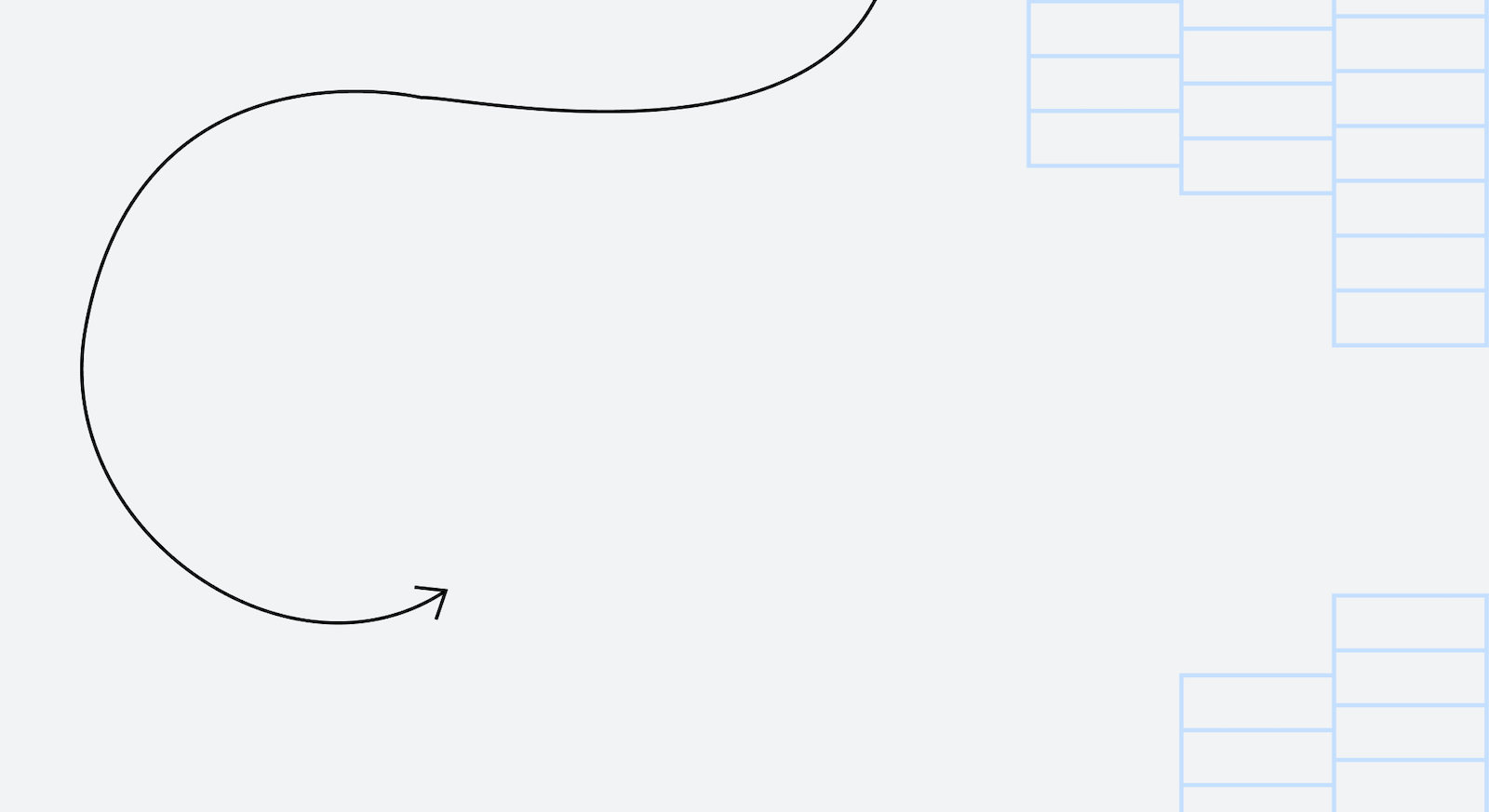Dart: a language for structured web programming
 By Lars
Bak, Software Engineer, Dart TeamCross-posted on
the Chromium
Blog
By Lars
Bak, Software Engineer, Dart TeamCross-posted on
the Chromium
BlogToday we are introducing an early preview of
Dart, a class-based optionally typed
programming language for building web applications. Dart’s design goals are:
- Create a structured yet flexible language for web
programming.
- Make Dart feel familiar and natural to
programmers and thus easy to learn.
- Ensure that Dart delivers
high performance on all modern web browsers and environments ranging from
small handheld devices to server-side execution.
Dart targets a wide
range of development scenarios: from a one-person project without much structure to a
large-scale project needing formal types in the code to state programmer intent. To support
this wide range of projects, Dart has optional types; this means you can start coding without
types and add them later as needed. We believe Dart will be great for writing large web
applications.
Dart code can be executed in two different ways: either
on a native
virtual
machine or on top of a JavaScript engine by using a
compiler that translates Dart code
to JavaScript. This means you can write a web application in Dart and have it compiled and run
on any modern browser. The Dart VM is not currently integrated in Chrome but we plan to
explore this option.
The language comes with a set of basic libraries
and tools for checking, compiling, and running Dart code, all of which will evolve further
with your participation. We've made the language and preliminary tools available as open
source on
dartlang.org. Check out the site to
give feedback, learn more about Dart, and participate in its development.
We look forward to rapidly evolving Dart into a solid platform for structured web
programming.
Lars Bak is a veteran virtual
machinist, leaving marks on several software systems: Beta, Self, Strongtalk, Sun's HotSpot
and CLDC HI, OOVM Smalltalk, and V8.Posted by
Scott
Knaster, Editor
